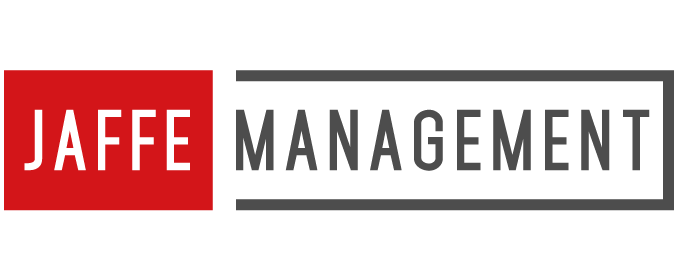12 Jun 2014 Your 10 Main Functions as an Non Profit Board Member – Part I
When board members are elected or appointed to their posts in an association or non-profit, the information packets they receive are filled with facts and factoids about the organization’s past, present, and future. What would further foster effective board leadership is a board member’s primer, a clarification of the roles and responsibilities of board members, not simply as a collective entity, but as individuals as well.
The following represent the 5 key main functions of every board and should give you a great deal to think about. We’ll cover the remaining five in a future post.
#1 – Determine the Mission & Purpose of the Organization – Collectively the board will determine the organization’s raison d’etre (the French term meaning “reason for being.”) A carefully written mission statement will ensure that everyone connected directly or indirectly with the organization is one the same page with regards to goals, primary constituents, served, and the means that will allow it to do so.
A mission statement should not be written in stone. The board should regularly review the statement’s adequacy, accuracy, and viability.
#2 – Select a Management Firm or Administrator – Board members will serve the organization and themselves well by selecting an outstanding company or individual to handle the day-to-day operations of an organization.
Before the search process begins, a review of the organization’s major strengths and needs is in order. The board should prepare a comprehensive description of work and scope of services that articulates specific the skills and style that are believed to be a good fit.
#3 – Provide Feedback, Support, & Review for Management
The leader of an organization, whether at an Association Management Company or on their own, relies on the support of the board for substantive contributions of time and effort to accomplish goals. However, the board should also provide feedback, constructive criticism and even moral support. The executive director is of then the “face” of the organization to its members, acting as the first line of defense to field complaints as well as praise.
Board member support can come in the form of networking and making introductions to like minded organizations. This will enable the executive director to work more effectively.
#4 – Foster Effective Strategy Planning
Everyone agrees that comprehensive planning for an organization is a good thing. What they can’t agree upon is where the responsibility lies for the creating the plan and to what degree can board members should be involved.
When board members are not intimately involved in planning and part of the decision-making process, they are not in a good position to implement goals and objectives. One reason is that they feel no ownership of the process.
This planning need not be addressed at full board meetings. Committee meetings provide excellent opportunities to engage board members in certain areas to be addressed in the plan. Only those areas of planning unrelated to standing committees need to be made part of executive committee or full board agendas
#5 – Ensure an Adequate Flow of Resources
No association or non-profit can be effective without the resources to meet its purposes. In some organizations, this hunting-and-gathering of assets falls on the shoulders of the executive director. In other organizations, successful organizations, securing and restocking those resources – financial, human, and otherwise – is the responsibility of the board in conjunction with the executive director and/or management company.
That’s it for today. We’ll be looking at five more functions of board members in July.


